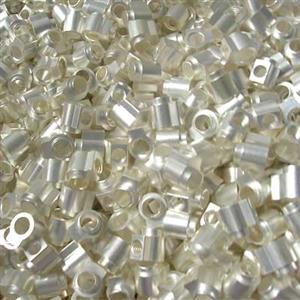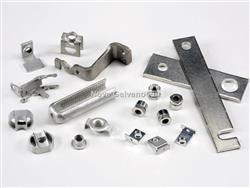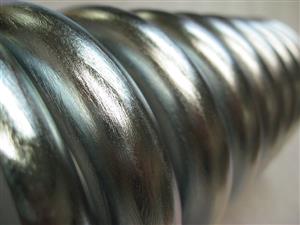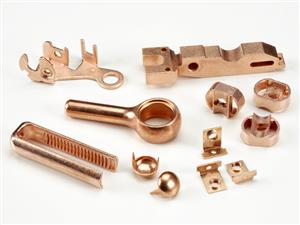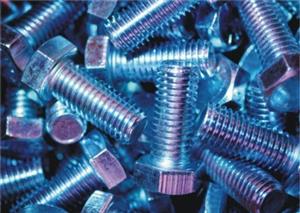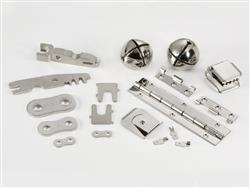
Bright Nickel Plating
Nickel provides:
Excellent resistance to corrosion.
Provides a strong, durable, and malleable coating.
Versatile finish.
Bright finish.
Bright nickel solution is used to obtain a decorative finish. Nickel plate is protective, mirror bright or dull, and smooth. It can be applied to steel, brass, copper, powdered metal and zinc die castings.
Low-Stress Nickel Plating Or Sulfamate Nickel Plating
We offer low-stress, 99.9% high-purity sulfamate nickel plating. Sulfamate nickel plating excels where a highly ductile, low-stress nickel deposit is preferred such as flexing or crimping applications as well as joining functions such as soldering, brazing, epoxy bonding or welding. Sulfamate nickel plating also serves as an excellent under plate for tin plating and silver plating
Low-Stress nickel plating produces a 99.9% pure deposit devoid of organic brighteners or levelers. The high purity of the deposit affords temperature resistance up to the 1400C+ melting point of pure nickel. The deposits have a full matte appearance with a slight yellow or golden cast not known for decorative appeal. The deposits have extremely low deposit stress that can be in the compressive range. The low stress of sulfamate nickel plating yields nickel deposits with ductility, elongation and machinability far superior to other nickel deposits.
Sulfamate nickel plating excels in joining applications including brazing, soldering, over moulding, epoxy bonding and welding. The high purity and lack of co-deposited organics improves the wetting of the nickel deposit when soldering and makes sulfamate nickel plating the preferred under-plate and diffusion barrier when tin plating and silver plating for solderability or brazing. In addition, the unlevelled matte surface makes sulfamate nickel plating the choice for adhesion in over-moulding or epoxy bonding applications. It is normally a dull grey to dull silver colour depending upon the finish of the plated part.
Electroless Nickel Plating
E/Ni can be plated over a wide variety of metals including aluminium, titanium, mild steels, stainless steel, hardened steel, copper, brass and zinc die-cast. Electroless nickel provides:
Uniform coating on most complex,and/or Irregular surfaces.
Improves resistance to galling.
Provides a hard, wear resistant surface.
Electroless Nickel is an auto-catalytic chemical reduction coating requiring no electricity to process.
The phosphorus content of the bath determines the hardness and corrosion resistance of the coating.
With the addition of a baking operation following the plating, hardness of coating is enhanced.
A process with a high degree of plating uniformity, Electroless Nickel allows for the finishing of complex parts since all wetted surfaces are plated. A wide variety of substrates can be finished with Electroless Nickel and is ideally suited for engineering components. The deposit is harder than electrodeposited nickel and offers excellent wear and corrosion resistance.
